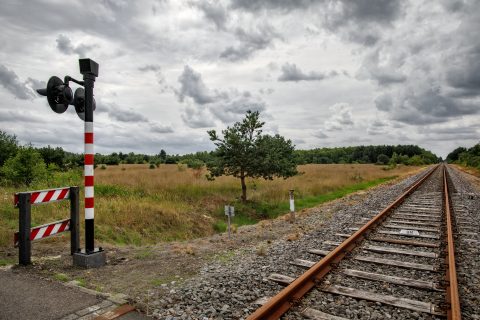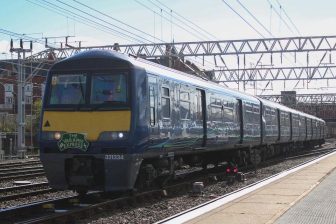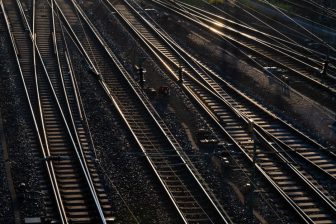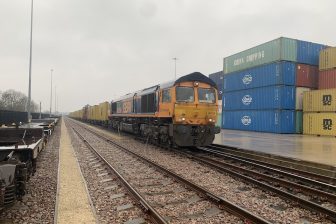
Germany takes leading role in re-opening of Iron Rhine
At the request of Flanders, Germany is prepared to take on a leading role in the negotiations over the 3RX route of the Iron Rhine. This was confirmed during a meeting between Flemish minister of mobility Ben Weyts (N-VA) and traffic minister Hendrik Wüst of the German state of North Rhine-Westphalia. The route connects Germany and Flanders via the Netherlands.
For years, Flanders has made its case for the reactivation of the historic rail connection between Antwerp and the German Ruhr area, the so-called Iron Rhine. Weyts earlier initiated a study, comparing five options for the route. This study was supported by the five governments involved (Flanders, Belgium, the Netherlands, Germany and North Rhine-Westphalia). According to that study, the Rhein-Ruhr-Rail Connection (3RX) route has the highest potential.
3RX runs from Antwerp via Mol and Hamont to Roermond, but then descends from the historic route towards Venlo and finally to the German city of Viersen. The study shows that this route promises the same benefits as the historic route of the Iron Rhine, However, at a cost of 770 million Euros, this version of the railway line is only half the cost of the original plan.
Further course
Germany is now going to work out a proposal towards realisation of this line. “It is the first time that the Germans take on a leading role”, says Weyts. “The discussion about the 3RX has now gained new hopes.” In concrete terms, the German federal government will take charge of the three-country consultation between Germany (with North Rhine-Westphalia) Belgium (with Flanders) and the Netherlands.
“Together with the Germans, we are aiming for European financing by including the 3RX in the European core network”, says Weyts. “An extra rail connection with the Ruhr area means fewer trucks on the E17, the E19, the E313 and the E314, among other things.”
Importance
The railway line that which dates from the 19th century has been closed since 1991. It is important for the Port of Antwerp, because the Montzen Route that currently carries the bulk of rail freight between Belgium and Germany has reached its maximum capacity. With the re-opening of the line, large volumes of road traffic could be shifted to the environment-friendlier railway.
Author: Koen Mortelmans
Also read:




